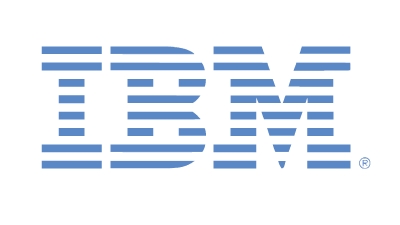Crowdstrike CEO On Rethinking Endpoint Security Strategy
Submitted by Sarah Kuranda on

Are you a complement to anti-virus or a replacement?
Today, we complement but we will be in a position to replace it next year. We have a lot of customers now that are taking things like free Microsoft AV, they're not renewing their McAfee or Symantec, and they are using our technology on top of it. There are a few check boxes you need from a compliance perspective and those are things that we're working through. I would say that sometime next year we will be in a position to actually replace anti-virus.
Is it mostly newer companies like you? Or are big guys getting into the market too?
There's a lot of entrants into the market now. We're one of the bigger of the smaller companies, which is nice because we're starting to separate ourselves from the rest of the pack. If you look at the big guys though...part of the challenge that a big company like that has is they have all this legacy tech debt. It's really the innovators dilemma. They can't move fast enough to create new technology but still satisfy their old customers, whether it's McAfee, Symantec or Trend Micro. They're trying to get into it, but their biggest issue is that they have to support all of their legacy customers and the business itself is really designed, from selling channel partners to operations, is really designed to sell antivirus. Even if you came out with the latest technology, it's hard for them to get that into the sales machinery...Any new product they introduce is not going to have an impact for many years as they try to wean people off older technology. For us, when we started the company we took a blank sheet of paper in 2011 and said how can we create a technology that will disrupt the antivirus industry? We weren't burdened by the tech debt because we started from scratch.
Why aren't all customers moving to next-gen endpoint yet then?
It's just like anything else. Just like with Siebel [versus Salesforce], everybody had all of these on premise environments and now they have to understand there's a different model and better technology that's out there...Everybody did the network first, like FireEye, because it was easy. It's really hard to protect the endpoint and do it right. When you think about the whole process, the physical world analogy is that you have the network guys monitoring the highways for bad people driving around but the real data, the real crown jewels, they're at the house of the businesses. You can monitor people as they drive around or you can put the monitoring and the protection at the house or the business. It's just more complicated to be able to monitor all the houses and businesses, that's why people went to the network first.
Is the endpoint more important then? What's the balance in a company's portfolio?
If you have both that's great, but I think people are realizing the limitations of the network components. The breaking doesn't happen on the road, the data breach doesn't happen on the road, it happens at the house. You need visibility there, you need protection there and you need detection. I think over the number of years, particularly with FireEye, people realized that there's a lot of malware that's FireEye aware...They realized that their amount of protection is now diminishing. Plus, they don't have the ability to see through encrypted traffic as it communicates back out...And also you can't strap a FireEye to your back. When your computer is [on the road], there's no FireEye.
Where is all of it going to go? What will the market look like in five years?
I think it's the evolution of what we have now. Certainly the areas we're in are next-generation endpoint and intelligence...I think intelligence will be a bigger market. I think the ability to understand not only external threats but also internal threats using technologies like ours will be a big focus. I think mobile and Internet of Things, again there's no better architecture. If you think about the Internet of Things, you're not going to set up a server at your house or wherever you're at. Every little Internet of Things device could, potentially, be Crowdstrike enabled and, again, if it's connected to the Internet you're good to go. We'll see a lot more demand around mobile and the Internet of Things.






